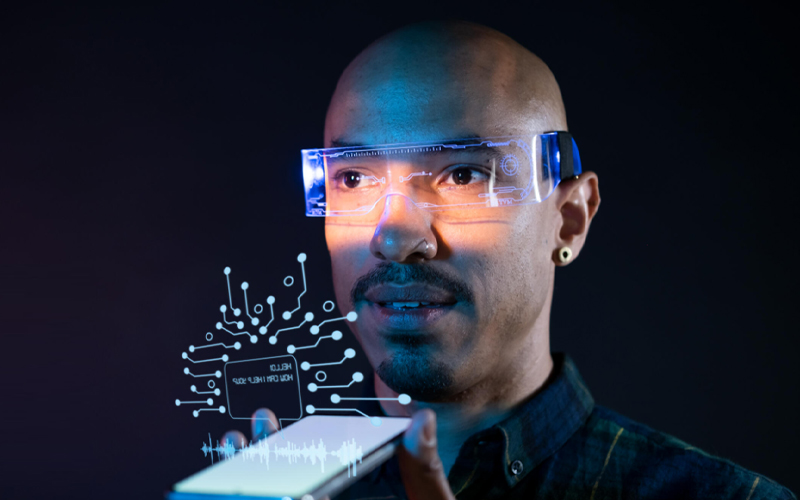Visual content has become extremely popular in recent times. Content shared through images or videos is not only easily consumed, but also shared extensively through various channels.
As they say, “A picture speaks a thousand words!” And, sure enough, a video contains a sequence of pictures. So, you can imagine the number of words a video contains. Let us look at the numbers, a video frame of 30 frames actually contains 1800 images arranged in a sequence! All these ‘words’ contained in a video are valuable data that can be leveraged to boost business outcomes.
In this day and age where data has become more important than ever before, analysing the information contained in a video is imperative. This is done with the help of artificial intelligence (AI) video annotation tools that facilitate the analysis of visual data.
What is video annotation?
Video annotation refers to the process of labelling or adding annotations to videos. The primary objective of video annotation is to make it easy for machine learning (ML) algorithms to interpret video content. It creates a high-quality reference database that can be leveraged by computer vision (CV) enabled systems to identify objects. Video annotation helps bridge the gap between the physical world and its digital representation. Unlike image annotation, video annotation entails annotating objects on a frame-by-frame basis.
Humans and automated video annotation tools label the images in a video clip. The annotated data is used to train ML and AI algorithms so that they can identify similar target objects in other videos that do not have data labels.
Six types of video annotation
- Frame-level annotation: In frame-level annotation, each frame is labelled with information like object classification or tracking.
- Bounding boxes: Bounding box annotation is a method of annotation wherein a rectangle is drawn around an object in a scene to indicate its location in the frame.
- Semantic segmentation: This is a method of annotation that facilitates accurate object detection by labelling pixels within an image with specific categories like roads, trees, etc.
- Landmark: Landmark annotation involves marking points or landmarks on specific features of an object like ears, nose, etc., for facial recognition.
- Polyline: Polyline annotation entails marking contours of objects like roads, buildings, etc., on maps.
- 3D: 3D annotation provides depth information about an object in a scene.
Video annotation helps identify and track objects, a service that is imperative in applications like autonomous vehicles. It helps businesses understand their customers better by providing insights based on facial recognition, sentiment analysis, interpretation of human gestures and poses, etc. AI data insights such as these can be leveraged for a myriad of applications.
Use cases of video annotation
- Autonomous vehicles
- Medical systems
- Education
- Retail
As discussed earlier, video annotation is used to train ML algorithms for object recognition. In autonomous vehicles, AI video annotation helps algorithms to recognise objects in real-time while they gather information on traffic patterns and monitor driver behaviour. Video annotation has added an extra layer of safety to driving by providing collision-braking systems.
Video annotation tools identify specific structures within images and videos to enhance medical imaging and diagnostics. These AI data insights help medical professionals make informed decisions about treatment plans for optimal patient care.
CV powered by AI video annotation is already being used in surgery. Video annotation is executed through augmented reality (AR) for remote surgery applications and to share surgery video with clarity. Video annotation tools are also being used to guide surgeons during surgery.
Video annotation provides students access to advanced learning techniques. It offers a deeper understanding of complex concepts through visual representations.
Video annotation is used in the retail sector to provide insights about customers through facial recognition, sentiment analysis, etc. It also facilitates tracking shopper movement through the store. This data helps optimise product placement decisions.
Video annotation tools can also help prevent shoplifting and theft in stores through product recognition and providing security alerts if products are not scanned at self-checkout counters.
In conclusion
Video annotation has emerged as a powerful tool across sectors because it provides contextual information. It is useful for video object detection, tracking and predicting movements. Video annotation has already been adopted by several industries and its potential to revolutionise applications makes it a vital element of modern tech-driven systems.








